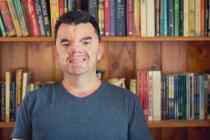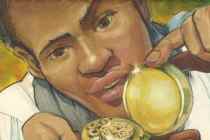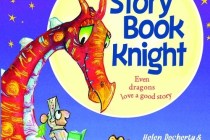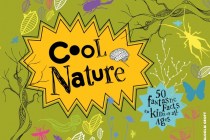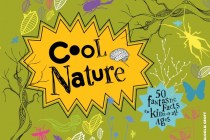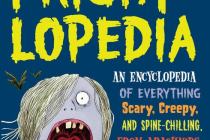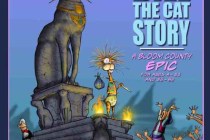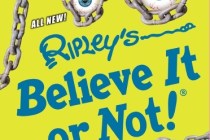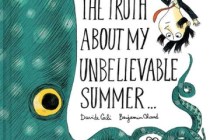Two new childrens books help kid go green this spring
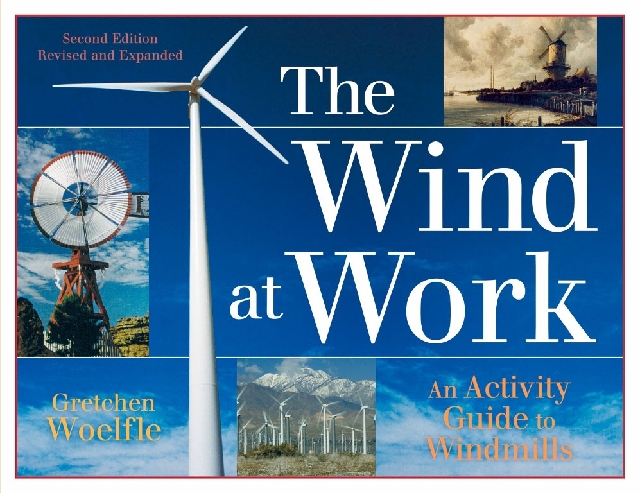

When it comes to being green, you’re always careful to do your part.
When you’re outside, you pick up litter and put it where it belongs. At home, you don’t waste water or forget to turn off lights, and you always recycle. It’s the right thing to do to save the Earth, and every little bit helps.
And, as you’ll see in “The Wind at Work” by Gretchen Woelfle and “Friends of the Earth: A History of American Environmentalism” by Pat McCarthy, others have done their parts, too, in many different ways.
When you see those big white wind turbines clustered in a field, churning away, you might think that modern technology is awesome. And you’d be right — but as you’ll read in “The Wind at Work,” windmills are not modern at all.
Eight hundred years ago, windmills were “the most powerful machines in Europe” and were important to the people in small communities. When steam engines became popular in the 1800s, windmills usage fell, only to rise again in the U.S. in the 1940s.
The best things about wind power, says Woelfle, are that it’s renewable, clean, safe, economical and non-polluting. It’s also fun to harness for yourself, and “The Wind at Work” shows you how.
Just like windmills are nothing new, caring for the Earth is an old idea, too, as you’ll see in “Friends of the Earth.”
Though they didn’t call it “environmentalism,” Native Americans cared for the land long before Europeans ever set foot on the continent. Benjamin Franklin hated when early American businesses dumped waste without a care because he knew that fresh water was important. Artist John James Audubon became concerned about the overhunting of birds. Author Henry David Thoreau inspired others by his animal studies and nature writing.
By the mid-1800s, national parks were established and the U.S. government recognized the need to do something official by making laws and acts to protect the environment. Those acts were followed by the Sierra Club, the Wilderness Society, the EPA and Earth Day.
Someday, your child will be the next caretaker of this planet. You can make sure he’s forearmed and inspired with these two helpful books.
In telling the stories of those who shaped environmentalism in America , McCarthy shows kids that everyday people can make a big difference in keeping the earth clean. I liked the diversity of the biographies in “Friends of the Earth,” and I think kids will enjoy seeing the pictures that are here.
“The Wind at Work” is a great book for the budding scientist. Woelfle adds maps and technology to her story of wind power, and while that makes this book a somewhat more challenging read, I think interested young scholars will be up for the task.
Both of these books include fun, educational activities and would be perfect for home shelf or classroom. If your 11- to 15-year-olds embrace environmentalism and love being green, then “The Wind at Work” and “Friends of the Earth” should be a big part of their reading.
View publishes Terri Schlichenmeyer’s children’s book reviews weekly.




